I'm not sure what you mean by "fixing" live-view but A1ex recently announced a new crop mode feature which allows you to shoot in 1:1 crop mode at 1080p in colour. Check out THIS thread. It's not currently part of the nightly builds so you'll have to download from that page.
As for getting continuous 48fps at 1080p I believe that's not possible due to the data rate required. Have you tried shooting at 38fps at a high shutter speed (say 1/300 or faster depending on your subject - if you're filming something that moves quite quickly then you may even need 1/4000 or faster to capture "crisp" frames) and then using optical flow slow-mo in post to slow it down to 60fps or more? Most NLEs now have optical flow as an option when doing slow-mo. I've had good results from filming running shots at 32fps with a fast shutter and slowing down by 50% in FCPX with optical flow enabled.
As for getting continuous 48fps at 1080p I believe that's not possible due to the data rate required. Have you tried shooting at 38fps at a high shutter speed (say 1/300 or faster depending on your subject - if you're filming something that moves quite quickly then you may even need 1/4000 or faster to capture "crisp" frames) and then using optical flow slow-mo in post to slow it down to 60fps or more? Most NLEs now have optical flow as an option when doing slow-mo. I've had good results from filming running shots at 32fps with a fast shutter and slowing down by 50% in FCPX with optical flow enabled.

 They're just dead-image placeholders on my computer. Your textual explanation was enough though. Thank you again, A1ex.
They're just dead-image placeholders on my computer. Your textual explanation was enough though. Thank you again, A1ex.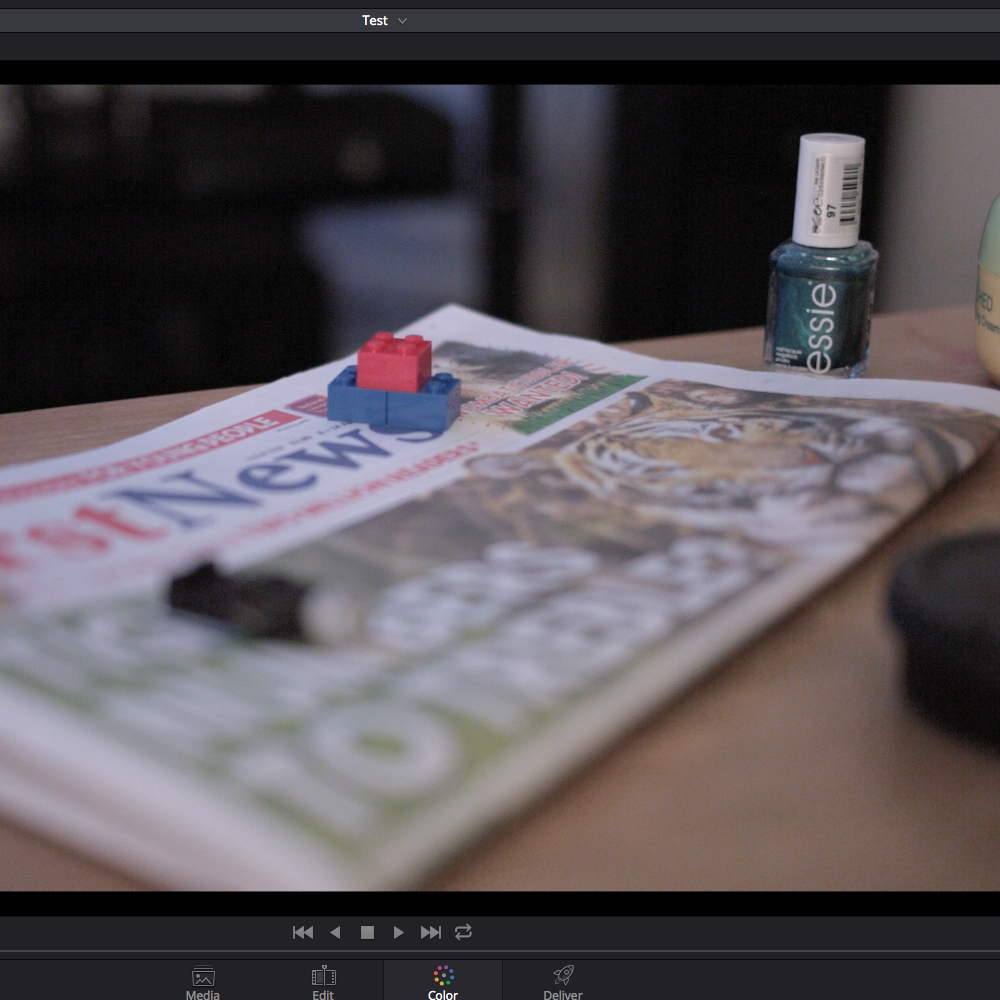
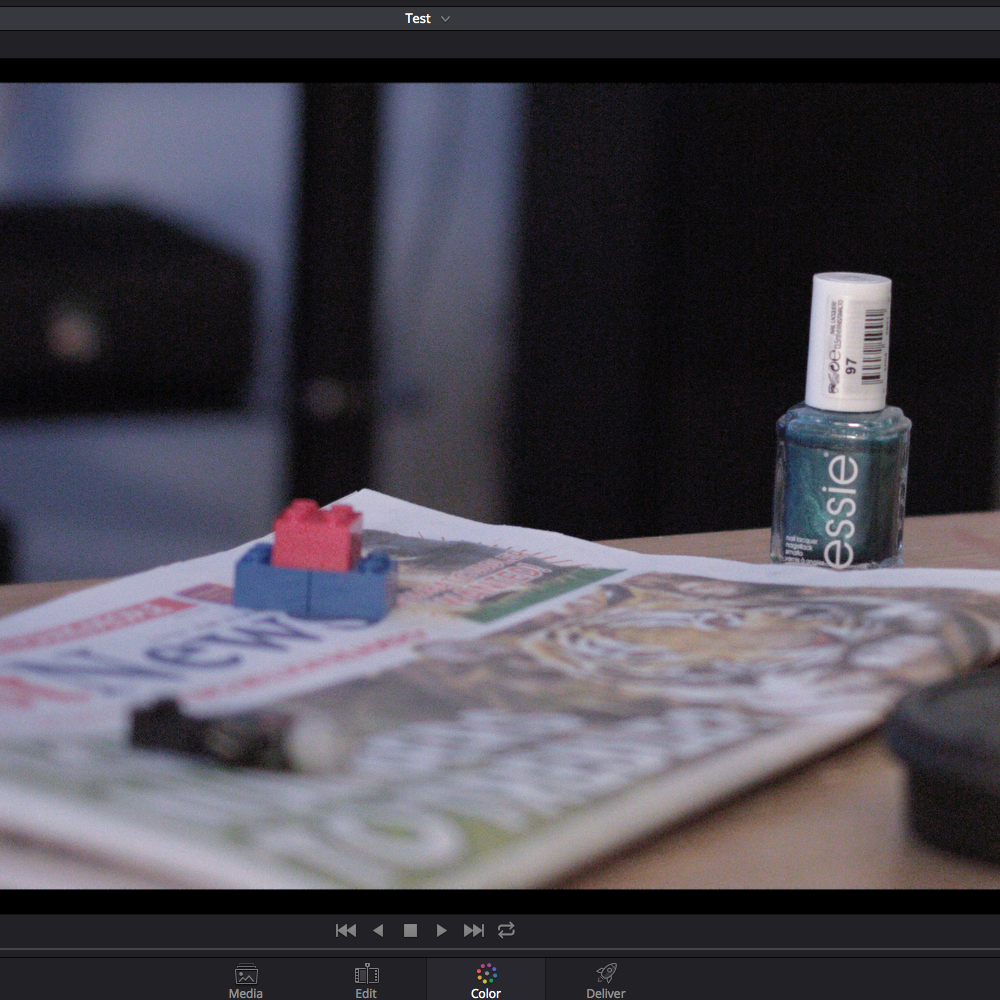
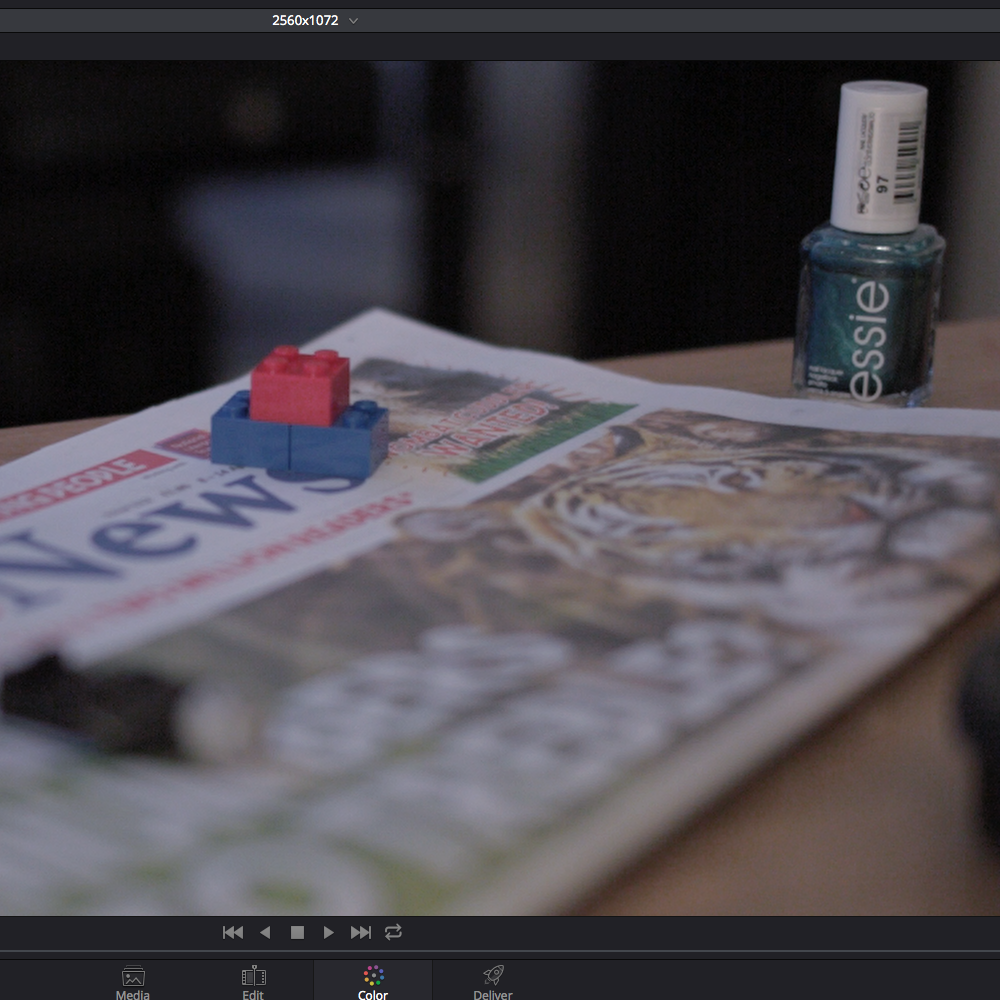
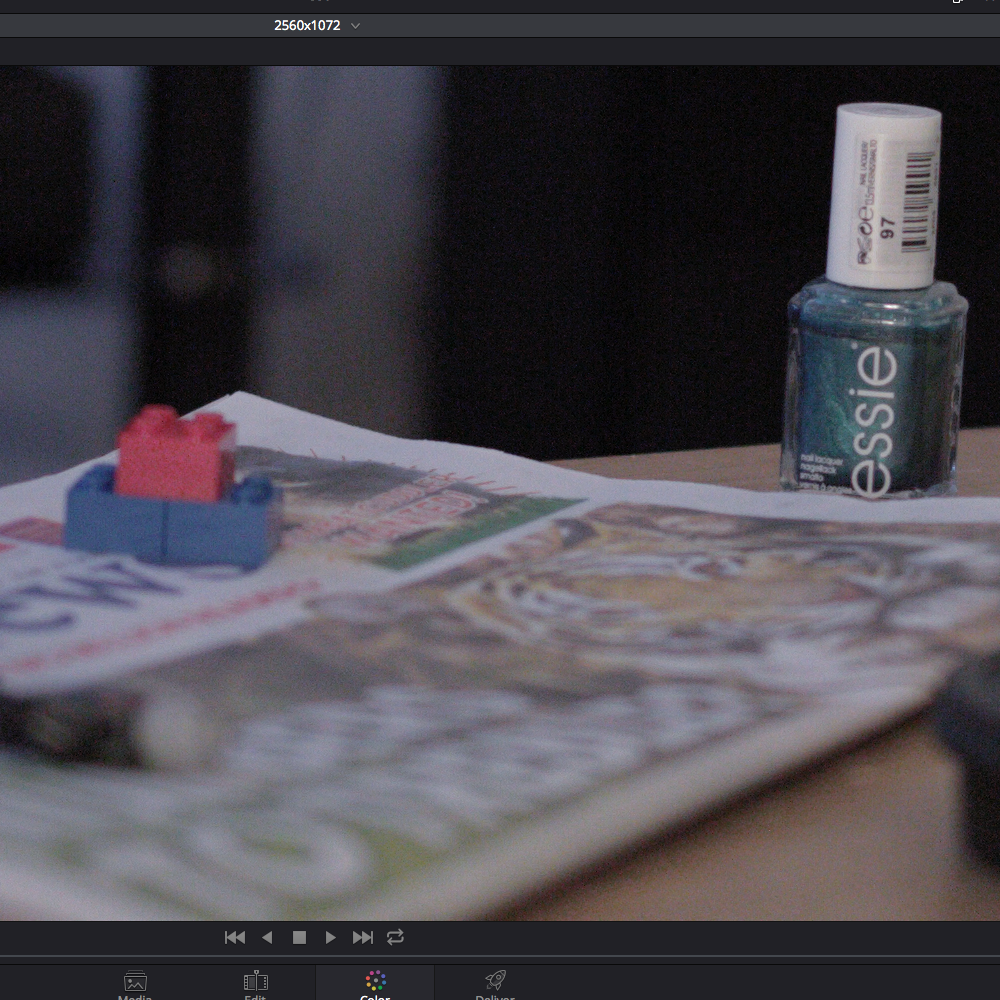
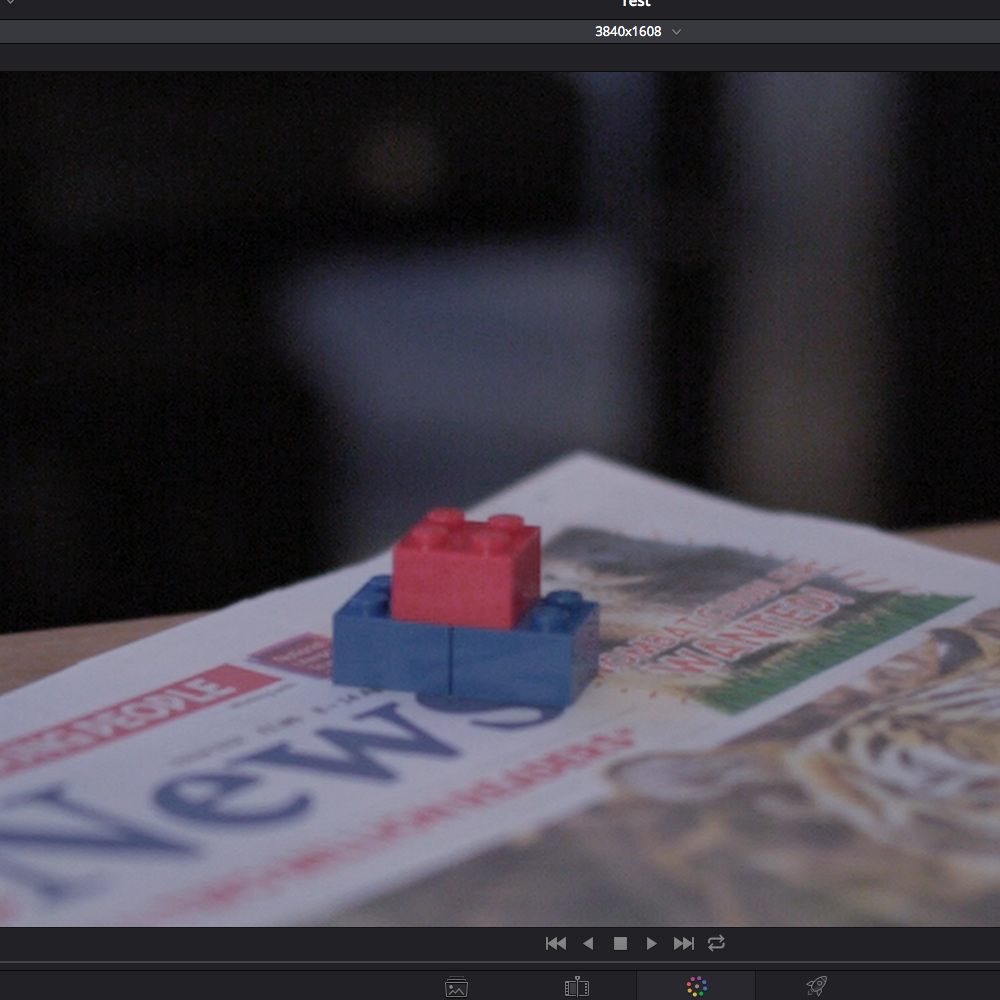
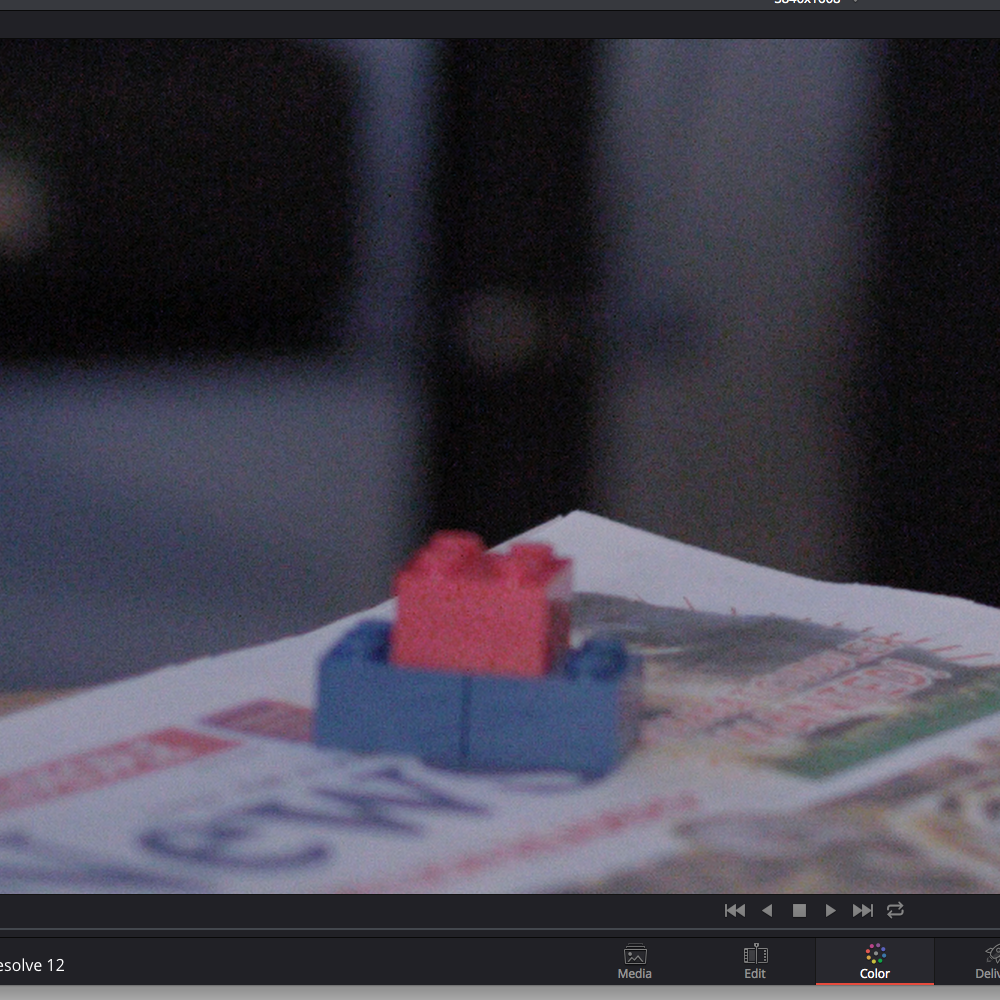
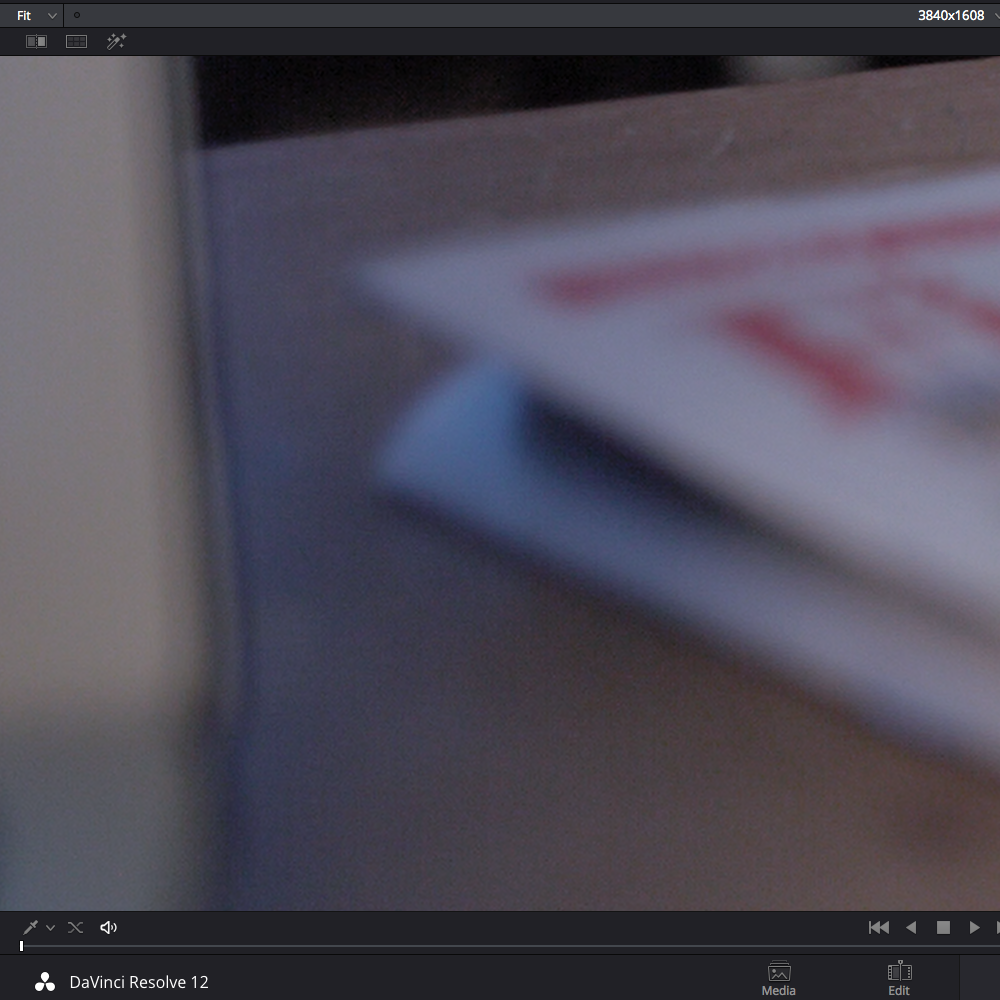
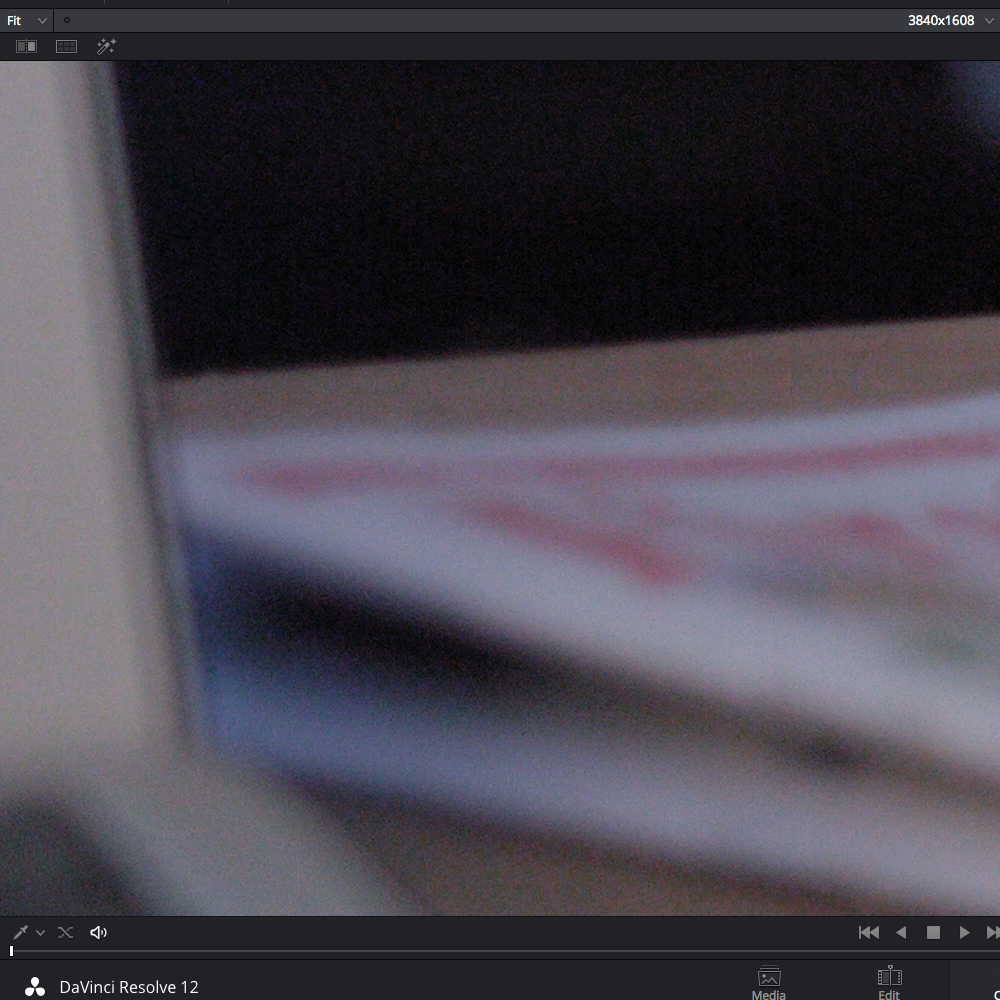

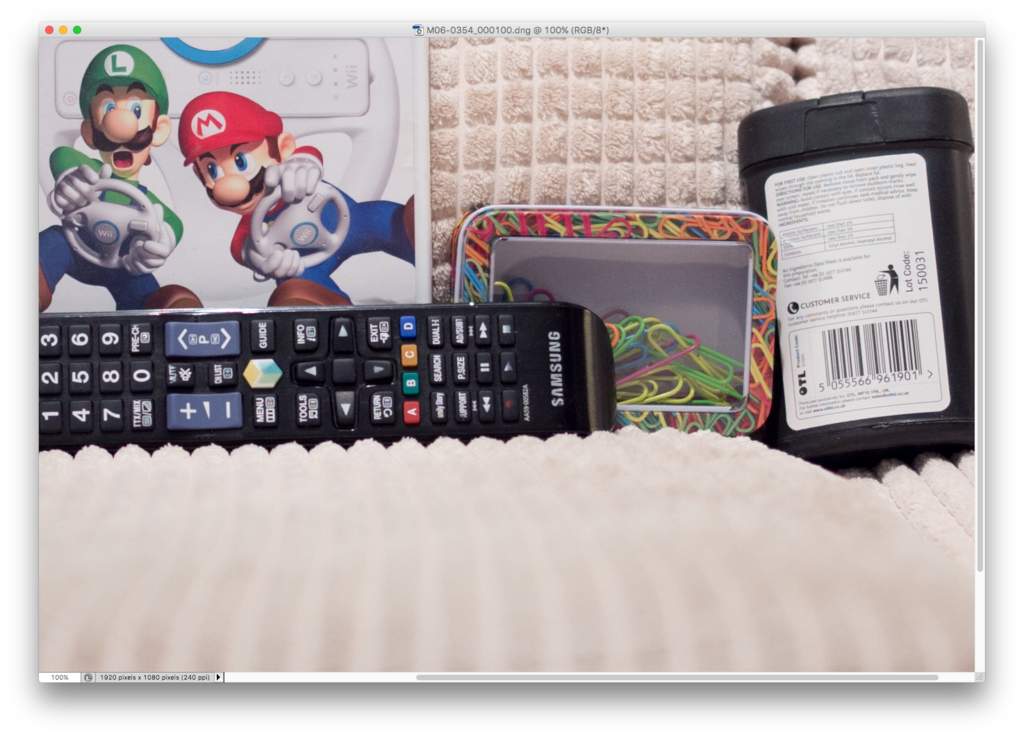


 Perhaps "modified" would be more appropriate...?
Perhaps "modified" would be more appropriate...?
